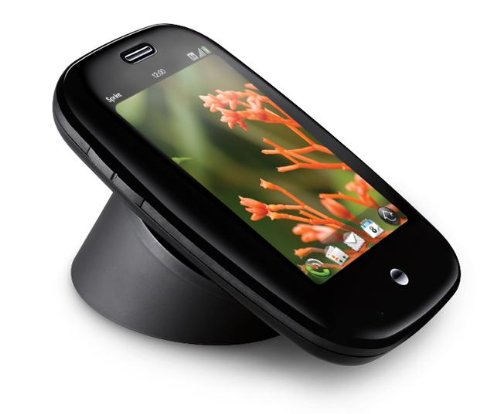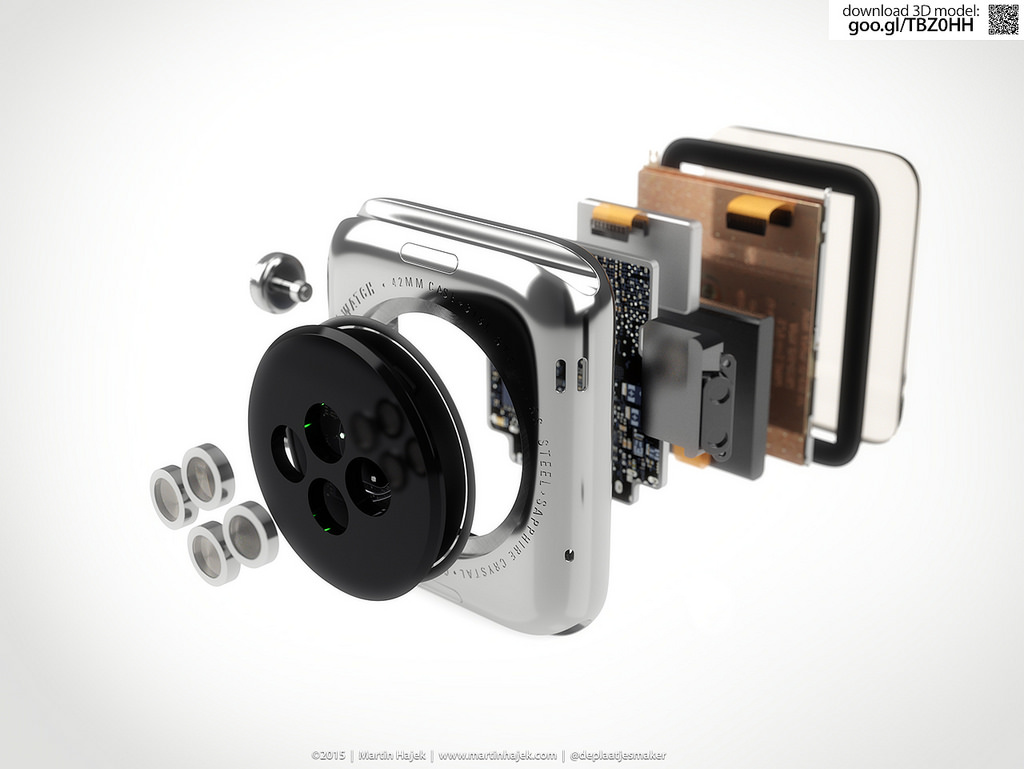I haven’t seen a compelling argument for why a mobile computer with a folding screen is better than one without a folding screen.
Android pocket computer manufacturers can’t hold back their excitement over folding screens. Samsung was so excited, it aired a Galaxy Z Flip commercial during the Super Bowl before it even announced the phone.
Motorola has taken the nostalgic angle with folding screens and reintroduced the RAZR. I remember when the original RAZR debuted in 2004. There was a ton of buzz surrounding it and its ~$350 pricetag (a hefty price for a folding phone at the time).
I know fashion moves in cycles, and old things become new again, but I’m not convinced the kids today are both nostolgic for a folding phone and really want a touchscreen that folds.
As far as other 40-somethings like me, I don’t see anyone rushing out to get either of these devices. After watching MKBHD’s unboxing and review video for the new RAZR, it’s clear Motorola put nostallgia and form ahead of function, doing everything they could to keep the same shape as the original RAZR in order to create a subpar device compared to other Android mobile computers.
I like seeing gadget experiments, but I haven’t seen a compelling argument for why a mobile computer with a folding screen is better than one without a folding screen. Just because something can be done, doesn’t mean it should be done.

